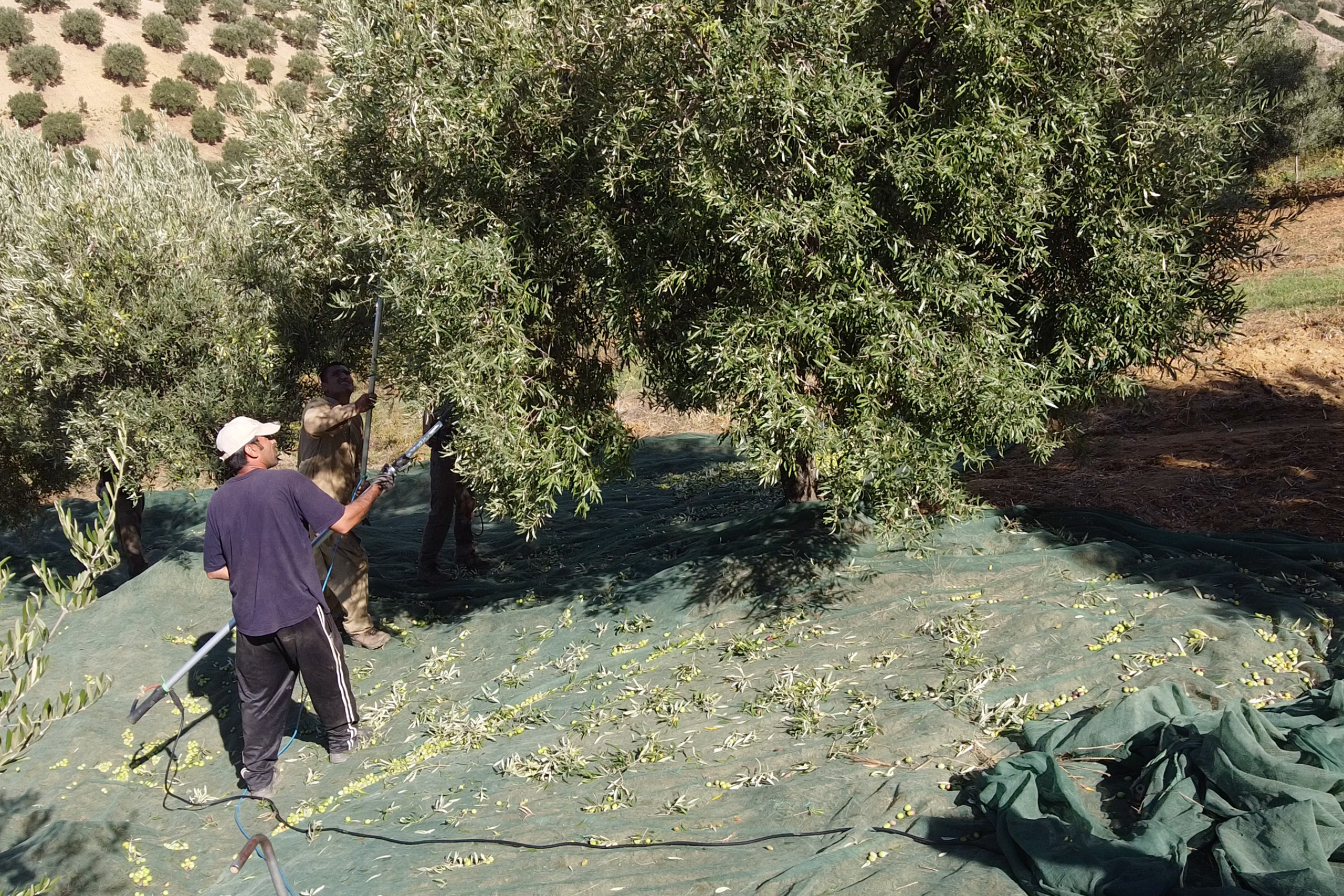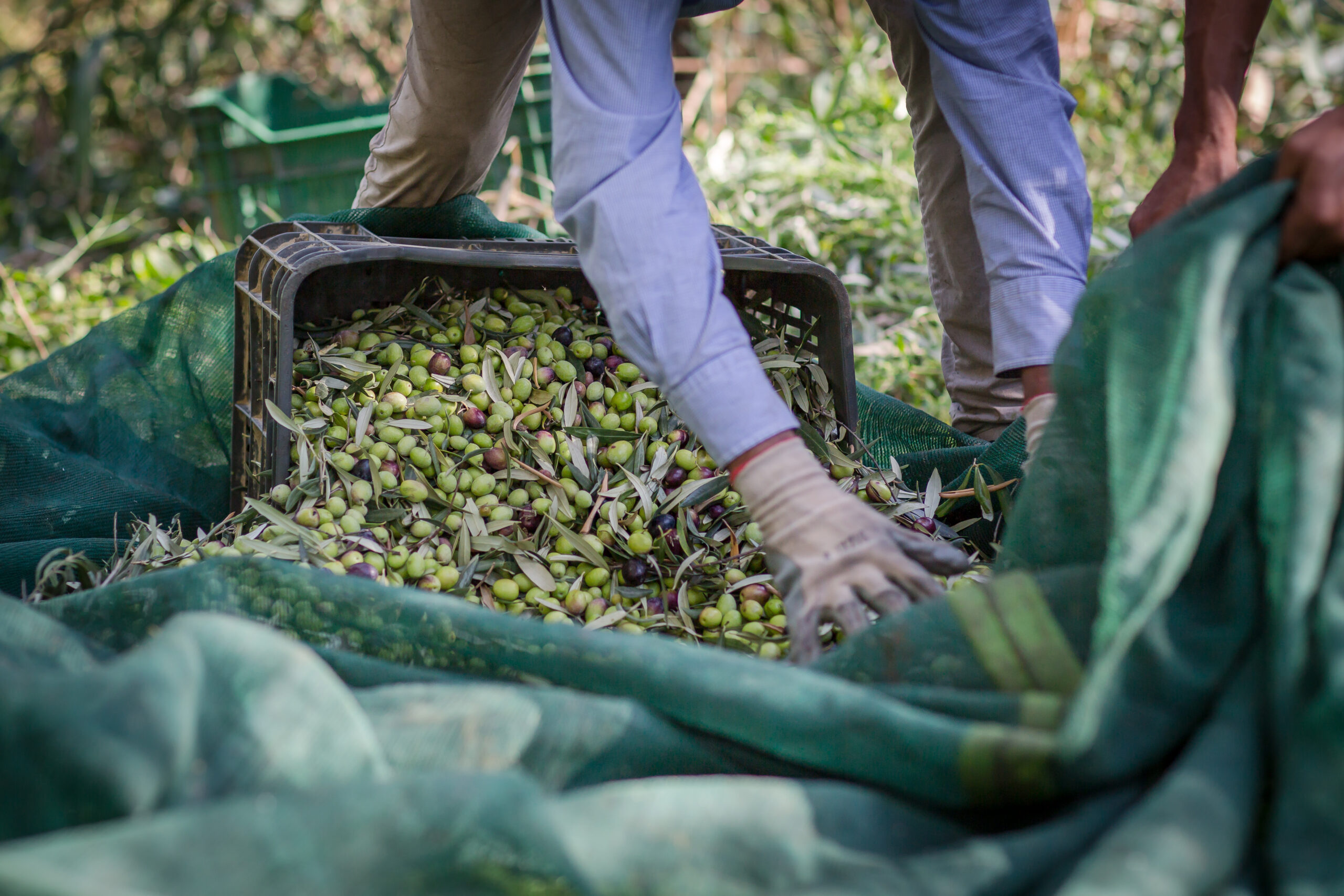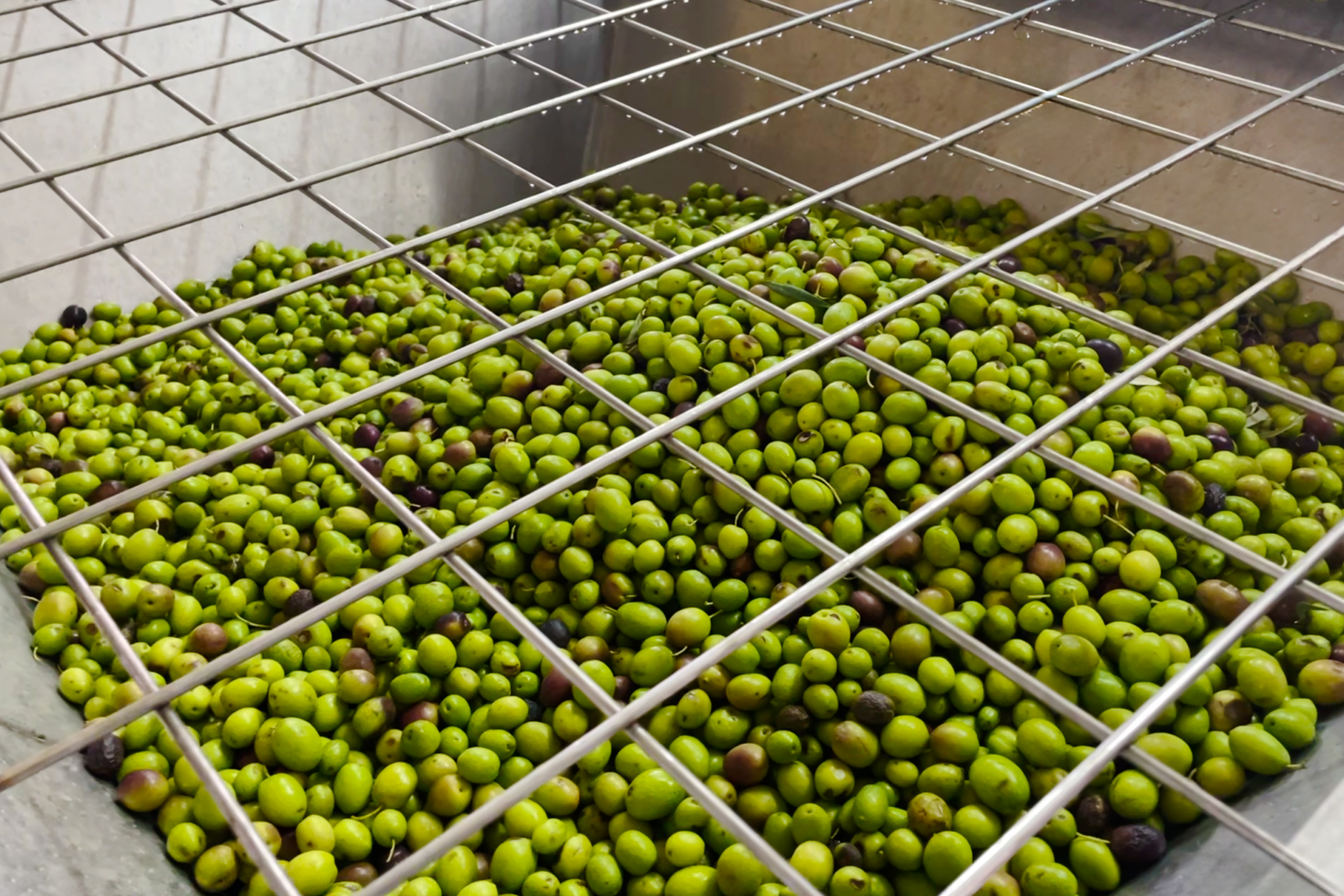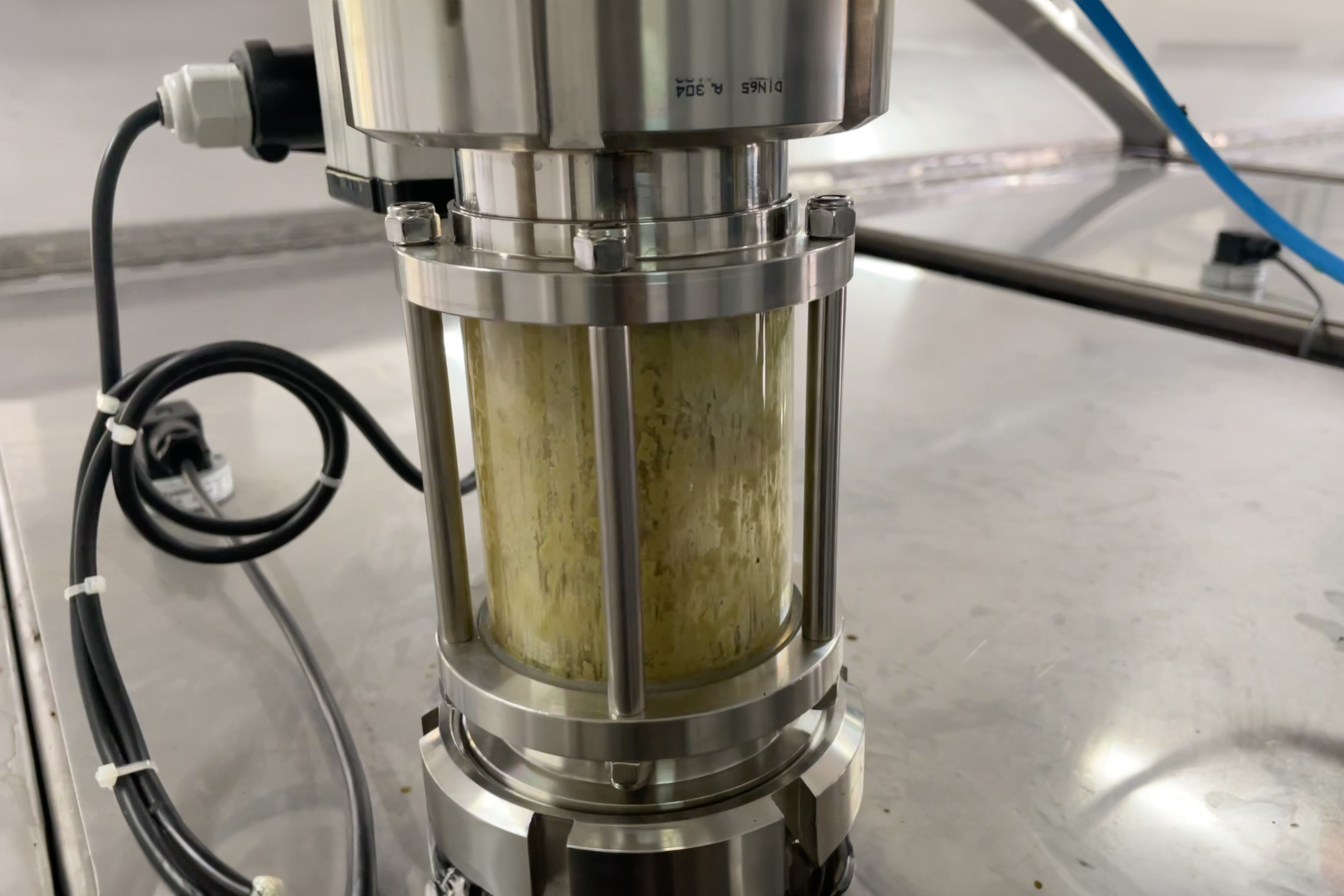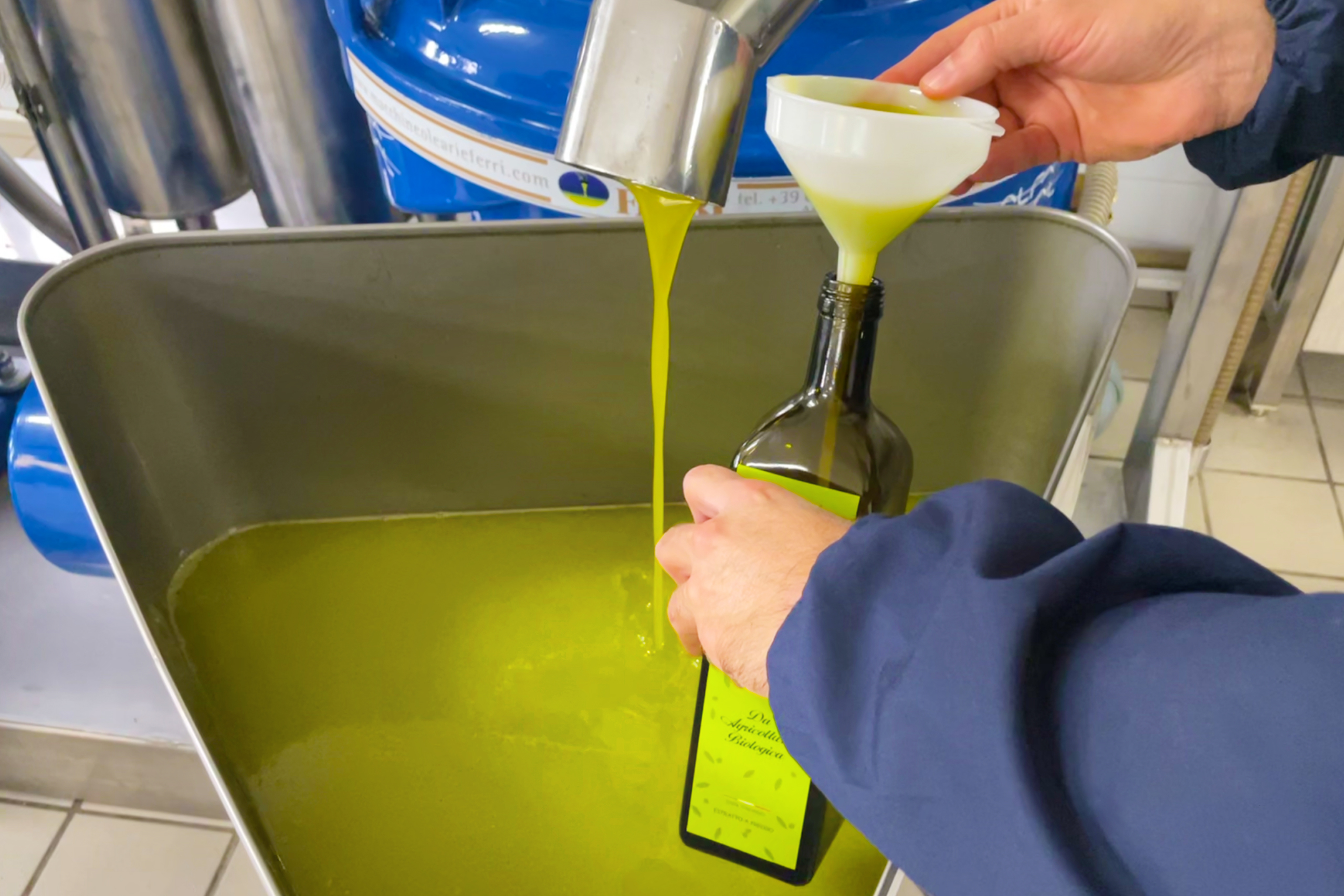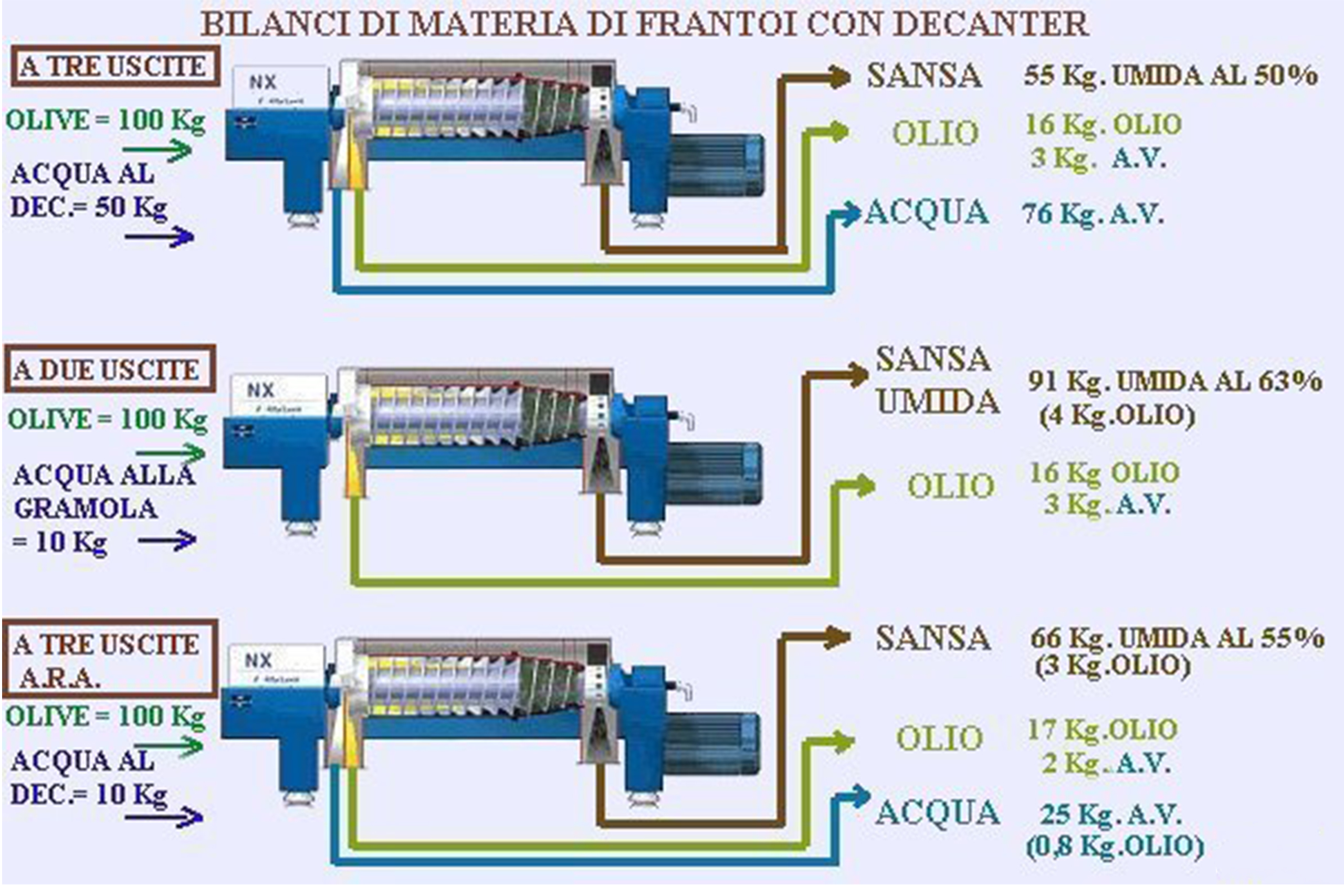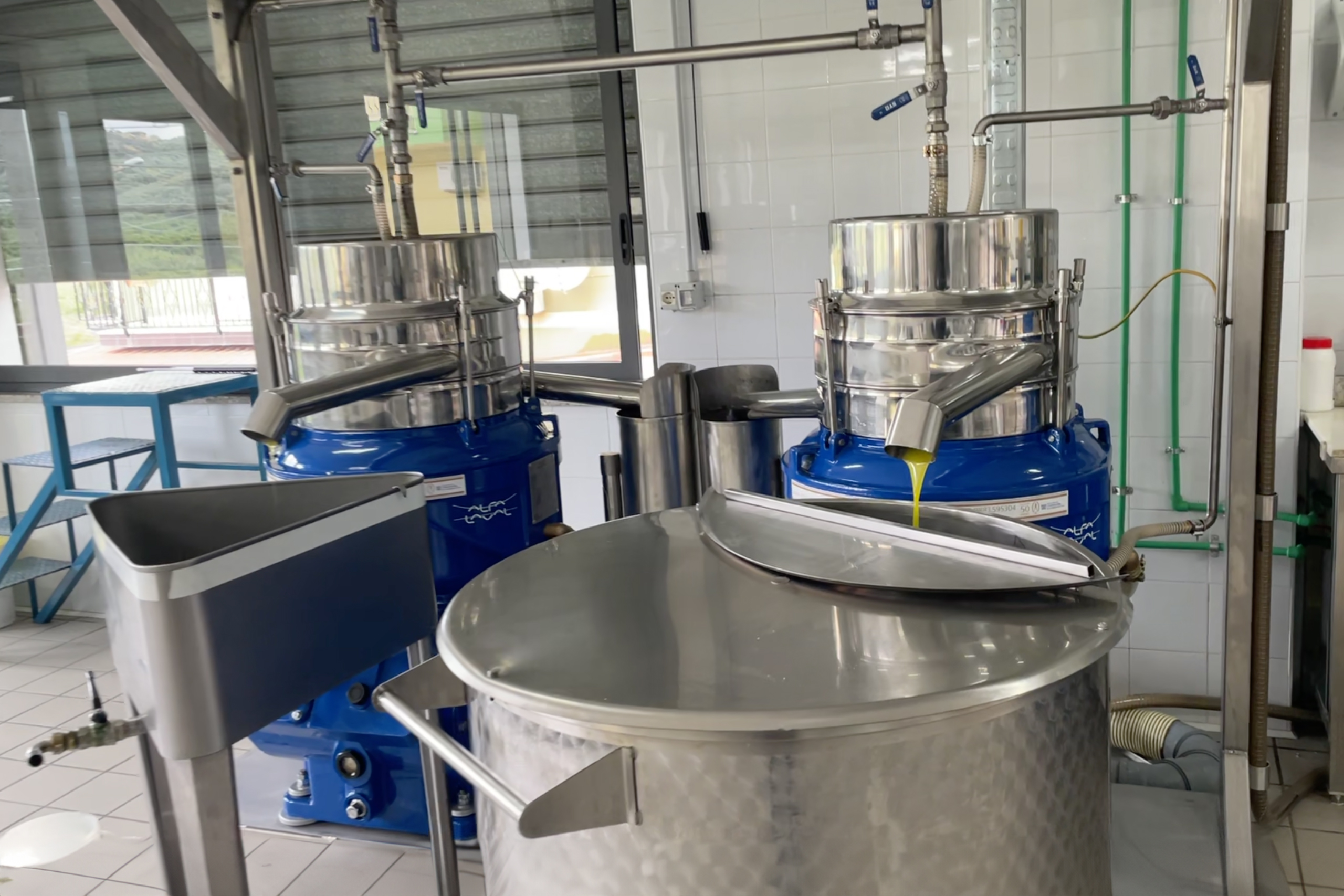CRUSHER
The mill at work
The mill is the place where the olives destined for the production of olive oil are brought and where all the manufacturing processes take place.
The oil mill can be defined as traditional, characterized by stone presses and millstones, or as a continuous cycle, with a modern plant.
The processing of the olives in our mill is divided into several stages:
1. Olive harvest
2. Arrival of the olives at the mill, thorough washing with water
3. Crushing that transforms the olives into a paste
4. Kneading which, thanks to a continuous movement of the dough, favors the
oil spill process
5. Extraction with a decanter which separates the oil from the solid residues
6. Centrifugation which eliminates the vegetation water
Once the production process is complete, we keep our oil in stainless steel tanks, located in cool, dry rooms at a controlled temperature, under alimentary nitrogen, for the optimal conservation of the extra virgin olive oil, in order to avoid unwanted changes in the typical chemical and organoleptic characteristics of the product.
Working process
The cold pressing of the olives consists in the production of olive oil through a mechanical process.
The olives are ground, during which the temperature of the olive paste is constantly measured through probes which guarantee the maximum limit.
On the basis of the legislation established by Reg. (EU) 29/2012, relating to the marketing standards on olive oil, in fact, the processing of a cold-extracted oil must not exceed 27° C.
1-Collection and storage
It is the phase of the oil production process which consists in the collection and conservation of the olives before their processing.
After being harvested, the olives are transported in rigid boxes to ensure ventilation and the milling is carried out within 24 hours of collection
Before the actual stage of olive oil production begins, the olives are defoliated and washed
2-Crushing
It is a phase of the olive oil production process, in which the olives are pressed and transformed into paste.
After being defoliated and carefully washed with water to remove dust and any foreign bodies, the olives are pressed using a latest generation mechanical crusher, in which the maximum temperature of 27°C is constantly controlled, and reduced to a paste.
3-Kneading
It is the phase of the olive oil production process in which the olive paste, obtained by pressing, is prepared for the subsequent extraction phase.
In this phase, the olive paste is slowly mixed, in order to facilitate the oil leakage and the aggregation of the single drops of oil into larger drops
4-Extraction
It is the oil production phase during which the olive paste is further processed by means of a horizontal axis centrifugal separator, called decanter.
The olive paste, obtained through the pressing phase and processed during kneading, arrives at the decanter; this machine, taking advantage of the centrifugal acceleration, is able to separate the two parts of the olive paste, characterized by a different density: the liquid part, made up of water and oil, and the solid part, i.e. the pomace (the solid residues from pressing the olives: peel, pulp and pits).
The extracted liquid part is, at this point, ready for the next phase: centrifugation.
5-Centrifugation
It is one of the final stages of the olive oil production process.
After extraction with a decanter, the liquid part of the olive paste, which still consists of a mix of water and oil, is centrifuged to definitively separate the two elements.
This phase is followed by that of oil conservation, filtration and finally that of packaging and marketing.
6-Filtration
It is a phase of the olive oil production process, aimed at making the oil clearer and protecting it from premature aging.
Oil filtration is an expensive operation, which not all companies carry out, because it is not essential.
We filter the oil with "press filters", made up of layers of cellulose-enriched paper, to absorb the residual humidity after centrifugation.
After being filtered, the oil is ready to be packaged.


